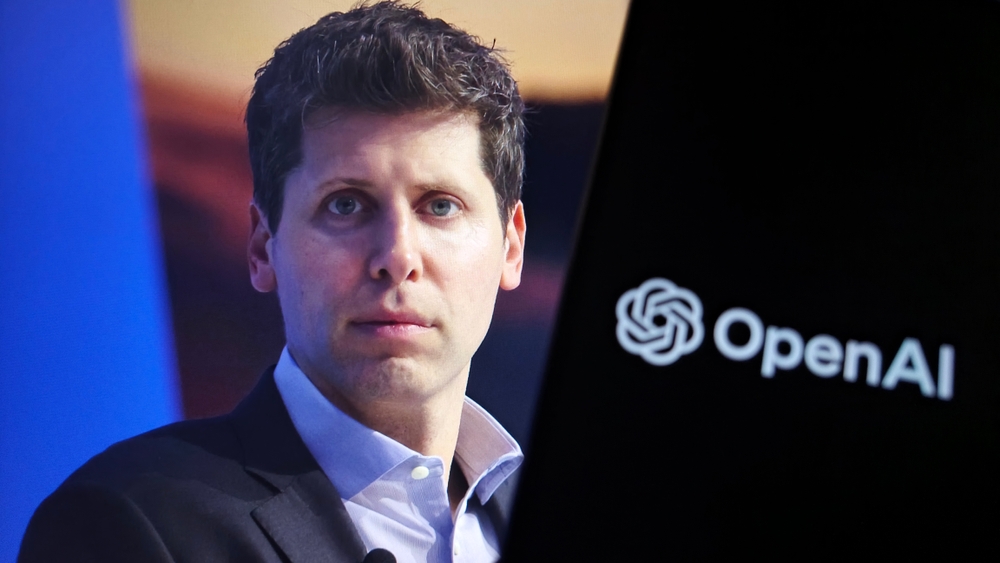Artificial intelligence has been reshaping workplaces for years, but new research from MIT suggests the technology may now be far more economically competitive with human labor than previously understood
Others are reading now
Artificial intelligence has been reshaping workplaces for years, but new research from MIT suggests the technology may now be far more economically competitive with human labor than previously understood — and at a scale that could pressure employers, workers, and policymakers to adapt much faster than expected.
A new way to measure AI’s real-world impact
The findings come from Project Iceberg, an MIT-led effort that built a “digital twin” of the U.S. labor market — a massive simulation representing 151 million workers across 923 job types in 3,000 counties. The model maps more than 32,000 skills against the capabilities of modern AI systems to determine where the technology can already perform tasks at a cost that matches or undercuts human labor.
This approach differs from earlier “exposure” studies that estimated which jobs could be affected someday. Instead, MIT focused on what AI can do right now and whether it’s economically viable for employers to deploy.
What the researchers found
The model estimates that today’s AI systems could already perform work equivalent to 11.7% of the U.S. labor market. In wage terms, that represents roughly $1.2 trillion — a share far larger than the visible impact of AI adoption so far.
Much of this capability sits in the kinds of white-collar, office-based roles that were once viewed as insulated from automation. According to the study, existing AI tools — including large language models and software agents — can already take on a wide range of administrative and cognitive tasks in:
Also read
• finance
• healthcare administration
• logistics
• legal and accounting services
• human resources
• back-office operations across professional services
In contrast, most active AI deployment to date has centered on technical work such as coding, which accounts for just 2.2% of total wage value.
Not a prediction of mass layoffs — but a warning about readiness
While the 11.7% figure is attention-grabbing, MIT stresses that it reflects capability, not a timeline for job losses. Companies may choose not to automate tasks even if it’s technically possible, and previous MIT research has shown that fully replacing workers with AI often remains too expensive or operationally impractical.
Studies from MIT CSAIL and MIT Sloan also found that, from 2010 to 2023, AI adoption did not cause broad net job losses and often coincided with gains in revenue and hiring.
Still, researchers say the Iceberg data reveals a widening gap between AI’s visible impact today and what the technology is already capable of delivering behind the scenes. That gap, they argue, is the real source of urgency.
Also read
A tool for states — and a signal to businesses
The Iceberg Index is designed to help governments and companies stress-test different future scenarios before making decisions on training, investment, or regulation. Tennessee, North Carolina and Utah have already begun using the platform to assess how AI could reshape their regional workforces and inform long-term planning.
For employers, MIT’s findings suggest that viewing AI as a distant concern is no longer realistic. For policymakers, the report raises practical questions about how to prepare workers for transitions in roles that depend heavily on routine cognitive tasks — and how to support regions where a large share of jobs fall into that category.
The broader economic picture
As AI systems grow cheaper, faster and more capable, MIT researchers warn that the conversation must shift from speculative long-term futures to the practical challenges unfolding now. Training systems, tax structures, safety nets, and credentialing pathways may all need to adjust to a labor market where software can already perform a meaningful portion of everyday work.
Or, as Prasanna Balaprakash of Oak Ridge National Laboratory — a co-leader of the project — put it: “We’re effectively creating a digital twin of the U.S. labor market,” and the model shows that the ground is moving faster than most people realize.
Sources: MIT, CNBC


